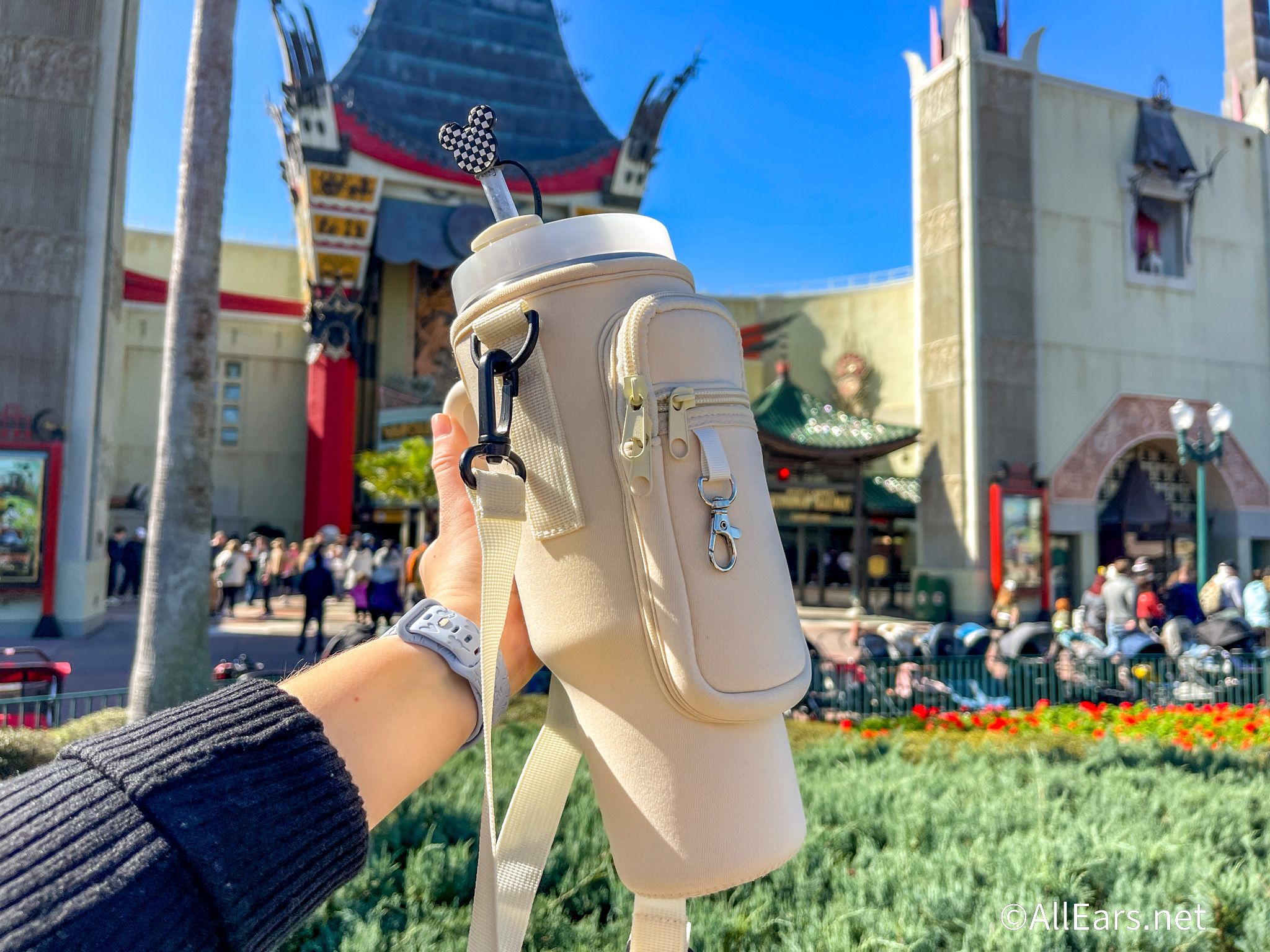I am not a doctor, nor do I play one on television or the internet.
So I am not here to tell you what to do if you have an injury but give you some advice as to how to avoid injuring yourself while training for a big race. When in doubt, always consult a medical professional.
As a jock from way back I have sustained many an injury…the most serious happened while playing basketball….an exploded anterior cruciate ligament which was never repaired and from time to time will remind me to train smartly.
One of the lessons I have learned over the years is to stretch before and after a run. I usually do not start off fast…my first mile is often one minute slower than my last mile of the run. My first mile is certainly part of my stretching routine.
Another lesson I’ve learned is to vary how I run along the road. That is, when I go on my runs, which are usually early in the morning, I try to mix it up by running on the left, crown, and right portion of the road.
This is important to note if you are prone (no pun intended) to pronation. If you run on either the left or right side of the road for your entire run then you may open yourself to some pronation and possible some uneven wear on your shoes.
It’s best to run on the crown of the road but then again there are vehicles to contend with so try and mix it up…perhaps every five minutes make a change.
A few years ago I also discovered that even though I am capable of running faster than my usual pace that if I do so I will pay for it later on. For some reason if I run faster than I should my legs will let me know after the run I did a “no no”.
My guess is that this is true for everyone so try to listen to your body and recognize your limits.
Recently on a trip to Walt Disney World I zigged when I should have zagged and had some real issues with the knee. It is slowly healing but each day I think about lacing up and running and I keep reminding myself not to rush it.
Here’s the point, if you rush back too soon after an injury you may re-injure and have another setback.
Give yourself and your injury time to recover and then gradually get back into the swing of things.
I should also mention that avoiding injuries goes hand in hand with making sure your running gear, specifically your running shoes, are in good shape.
Everyone is different and so I may change running shoes more often than co-captain Michelle because of my running gait, my weight, etc.
I usually suggest checking out your shoes right around the 300 mile mark and consider replacing them if you feel they are worn down too much or if they do not feel comfortable any more.
I like to alternate between two and three pairs of running shoes….that way I do not wear them out too fast and I have better conditioned shoes for the long run. Basically I can get by one year of training with just three pairs of shoes.
It’s good to run in shoes that have stabilizing features. Run in proper shoes.
Overtraining is another way of injuring yourself.
Many people try to tweak their training as they get closer to a big race. Sometimes that training involves more running than necessary and faster running than is necessary. Be careful and just keep your training steady.
Somewhere down the line we’ll talk about runner’s nutrition. Nutrition can play a part in keeping healthy and avoiding injuries. I’ll tell you what vitamins I feel work for me and why.
I take a multi-vitamin each day…to make sure I get at least the minium amount of nutrients to keep me healthy.
My doctor told me that Magnesium is good for joints and knowing how much I run he suggested I make that part of my daily routine.
I also take a baby aspirin each day….should help the blood circulation.
I also take either fish oil or an omega-3 capsule…again to keep things running smoothly.
Finally, and this is probably the most important supplement I take…I make sure I get some Glucosamine Chondroitin in me every day to help me battle osteoarthritis. Glucosamine is an amino sugar that the body produces and distributes in cartilage and other connective tissue, and chondroitin sulfate is a complex carbohydrate that helps cartilage retain water.
This supplement works for me.
Remember, check with your doctor before you go out and start taking supplements.
Remember to listen to your body, not overdo it, and be proactive and hopefully you will escape injury.






















Trending Now
Let's have a chat about an Oura Ring that Disney Adults just can’t seem to...
July is here! Can you believe we’re now onto the back half of the year?!...
Ever wondered what Disney World crowds are like on the Fourth of July? We've got...
Universal is growing... but the resort still has some issues.
Here are the park bag mistakes you might make when going to Disney World and...
Listen, these Disney expansion announcements are starting to get way out of hand.
Going to Disney World alone isn't as scary as you'd think...
If you are flying home from Disney World with these souvenirs, be extra kind to...
LEGO just dropped our favorite set ever!
Did you know you could do this in Disney World?
There are plenty of airports to choose from when flying to Disneyland!
We just got the full lineup for the Eat to the Beat Concert Series at...
Heads up if you're about to stay at the Wilderness lodge for the first time.
Grab these discounted Disney gifts online RIGHT NOW!
Disneyland quietly made this changes, but we definitely noticed.
We did the digging and the math to give you the elusive number of daily...
BREAKING: Spaceship Earth is temporarily closing this summer at EPCOT!
Let's have dinner at Cape May Cafe at Disney's Beach Club Resort to see if...
Target Circle Week is a few days away!
These reviews were NOT kind to the value resort.